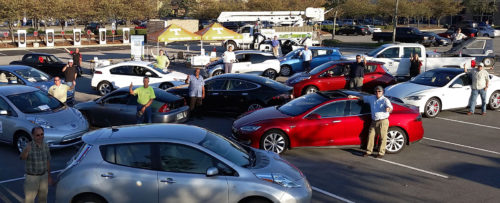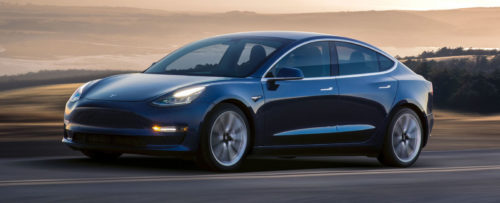
Report | 2017
From Gas to Grid
Building Charging Infrastructure to Power Electric Vehicle Demand
The world doesn’t need any more cost-benefit analyses; they’ve already been done, and they show that vehicle electrification is overwhelmingly beneficial for society as a whole—even for nondrivers. Nor should we doubt that people will buy electric vehicles (EVs). Sales are accelerating so rapidly that Bloomberg New Energy Finance warns the U.S. will hit an “infrastructure cap” in the mid-2030s due to a lack of charging stations. The questions we should be grappling with now is where to build EV chargers, who should own them, and how to make fast charging a sustainable business.
Tesla model 3, image © Tesla

Why This Matters
In order to keep the vehicle electrification revolution moving, each U.S. state needs to begin to grapple now with how to offer a favorable regulatory landscape, develop appropriate guidance and incentives for ownership of charging infrastructure, plan for chargers that will be well-used and cost-effective, and ensure that all segments of society will have access to clean, electric transportation options. And the best way to do that is to start now—developing pilot projects to deploy chargers and gather data on what drivers need in each area, and then start scaling them up. Our new report offers useful guidance, best practices, and lessons learned that all U.S. states can start using to get ready for a future of electric mobility.

